An analysis of star clusters suggests that some of them are apparently defying the known laws of physics, leaving experts baffled.


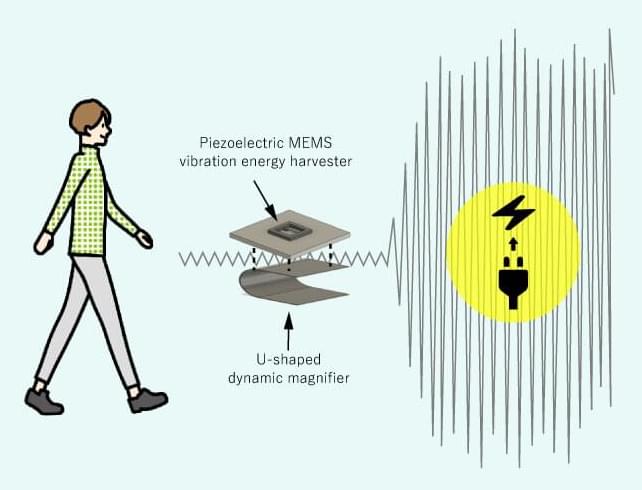
Walking can boost not only your own energy but also, potentially, the energy of your wearable electronic devices. Osaka Metropolitan University scientists made a significant advance toward self-charging wearable devices with their invention of a dynamic magnifier-enhanced piezoelectric vibration energy harvester that can amplify power generated from impulsive vibrations, such as from a human walking, by about 90 times, while remaining as small as currently developed energy harvesters. The results were published in Applied Physics Letters.
These days, people carry multiple electronic devices such as smartphones, and wearable devices are expected to become increasingly widespread in the near future. The resulting demand for more efficient recharging of these devices has increased the attention paid to energy harvesting, a technology that converts energy such as heat and light into electricity that can power small devices. One form of energy harvesting called vibration energy harvesting is deemed highly practical given that it can transform the kinetic energy from vibration into electricity and is not affected by weather or climate.
A research team led by Associate Professor Takeshi Yoshimura from the Graduate School of Engineering at Osaka Metropolitan University has developed a microelectromechanical system (MEMS) piezoelectric vibration energy harvester that is only approximately 2 cm in diameter with a U-shaped metal component called a dynamic magnifier. Compared with conventional harvesters, the new harvester allows for an increase of about 90 times in the power converted from impulsive vibrations, which can be generated by the human walking motion.
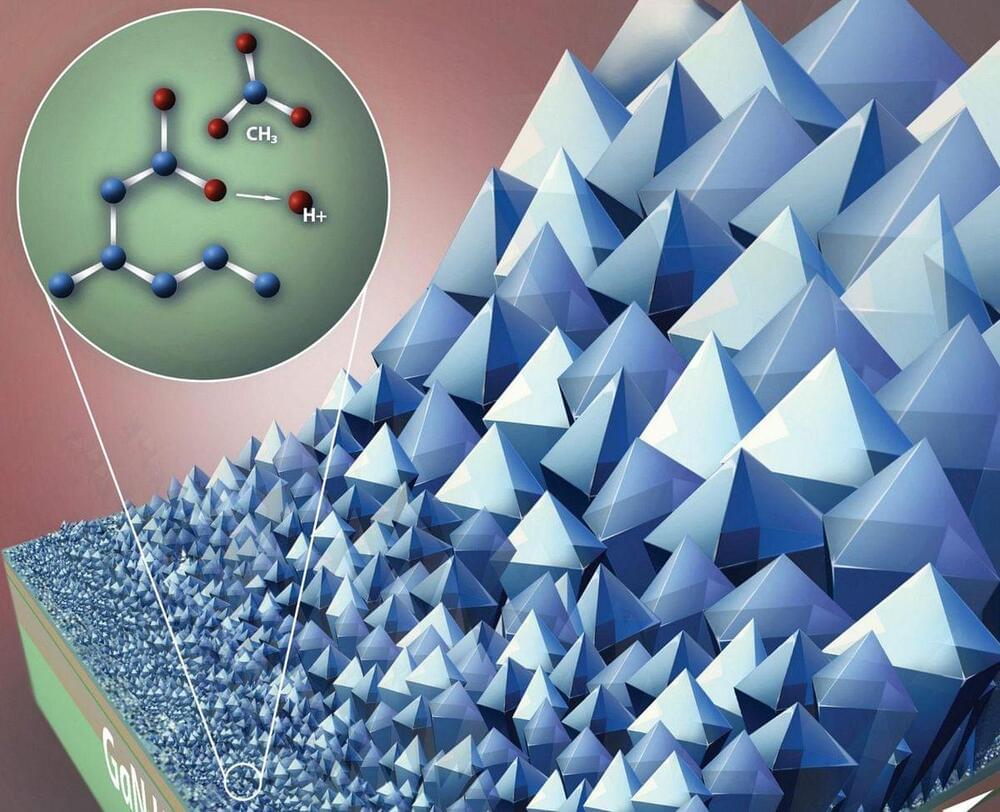
“Thermal issues are currently one of the biggest bottlenecks that are plaguing any kind of microelectronics,” says team lead Srabanti Chowdhury, professor of electrical engineering at Stanford University. “We asked ourselves, ‘Can we perform device cooling at the very material level without paying a penalty in electrical performance?’”
Indeed, they could. The engineers grew a heat-wicking diamond layer right on top of individual transistors—their hottest points—as well as on their sides. Heat flowed through the diamond to a heat sink on the back of the device. With this technique, the researchers achieved temperatures 100 degrees Celsius lower without any degradation of the device’s electrical properties. They will report their findings in San Francisco at the IEEE International Electron Device Meeting in December.
They demonstrated their technique on gallium nitride (GaN) high-electron-mobility transistors, or HEMTs. GaN is the go-to alternative to silicon for high-frequency applications, as it can sustain higher electric fields and responds more quickly to electric field changes. GaN also breaks down at a higher temperature than silicon. But not high enough: “If you go by the physics of the material, you see what its potential is, and we’re nowhere close to that today,” says Chowdhury. Keeping GaN HEMTs cool as devices shrink and frequencies grow will allow them to live up to their physics-promised potential.
Workshop supported by the Imperial College Physics of Life Network of Excellence.
https://www.imperial.ac.uk/physics-of-life/
In Part 2 of this thought-provoking conference, we discussed the emergence of order and multicellularity. Besides short talks delivered by esteemed international speakers from the interface of physics and biology, a significant portion of the meeting was dedicated to open discussion. This exciting meeting was supported by the “Physics of Life” Network of Excellence at Imperial College London and the Biological Physics Group of the Institute of Physics (IOP).
Emergence of order [Chair: Chiu Fan Lee]
1:25 Suriyanarayanan Vaikuntanathan (University of Chicago)
20:30 James Sethna (Cornell University)
42:16 Nigel Goldenfeld (University of Illinois at Urbana-Champaign)
1:05:15 Panel discussion.
Cells and beyond [Chair: Hélène de Maleprade]
1:32:27 Ricard Solé (Catalan Institute for Research and Advanced Studies)
1:54:40 William Ratcliff (Georgia Tech)
2:16:57 Peter Yunker (Georgia Tech)
2:50:50 General Q&A
2:56:50 Jessica Flack (Santa Fe Institute)
3:28:25 Closing of conference.
Organising committee:
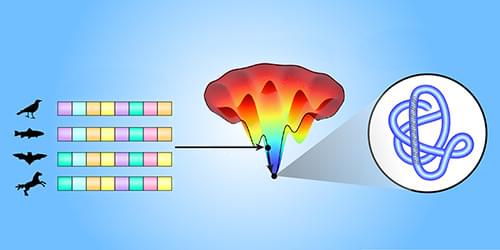
An algorithm that already predicts how proteins fold might also shed light on the physical principles that dictate this folding.
Proteins control every cell-level aspect of life, from immunity to brain activity. They are encoded by long sequences of compounds called amino acids that fold into large, complex 3D structures. Computational algorithms can model the physical amino-acid interactions that drive this folding [1]. But determining the resulting protein structures has remained challenging. In a recent breakthrough, a machine-learning model called AlphaFold [2] predicted the 3D structure of proteins from their amino-acid sequences. Now James Roney and Sergey Ovchinnikov of Harvard University have shown that AlphaFold has learned how to predict protein folding in a way that reflects the underlying physical amino-acid interactions [3]. This finding suggests that machine learning could guide the understanding of physical processes too complex to be accurately modeled from first principles.
Predicting the 3D structure of a specific protein is difficult because of the sheer number of ways in which the amino-acid sequence could fold. AlphaFold can start its computational search for the likely structure from a template (a known structure for similar proteins). Alternatively, and more commonly, AlphaFold can use information about the biological evolution of amino-acid sequences in the same protein family (proteins with similar functions that likely have comparable folds). This information is helpful because consistent correlated evolutionary changes in pairs of amino acids can indicate that these amino acids directly interact, even though they may be far in sequence from each other [4, 5]. Such information can be extracted from the multiple sequence alignments (MSAs) of protein families, determined from, for example, evolutionary variations of sequences across different biological species.

Kathryn Tunyasuvunakool grew up surrounded by scientific activities carried out at home by her mother—who went to university a few years after Tunyasuvunakool was born. One day a pendulum hung from a ceiling in her family’s home, Tunyasuvunakool’s mother standing next to it, timing the swings for a science assignment. Another day, fossil samples littered the dining table, her mother scrutinizing their patterns for a report. This early exposure to science imbued Tunyasuvunakool with the idea that science was fun and that having a career in science was an attainable goal. “From early on I was desperate to go to university and be a scientist,” she says.
Tunyasuvunakool fulfilled that ambition, studying math as an undergraduate, and computational biology as a graduate student. During her PhD work she helped create a model that captured various elements of the development of a soil-inhabiting roundworm called Caenorhabditis elegans, a popular organism for both biologists and physicists to study. She also developed a love for programming, which, she says, lent itself naturally to a jump into software engineering. Today Tunyasuvunakool is part of the team behind DeepMind’s AlphaFold—a protein-structure-prediction tool. Physics Magazine spoke to her to find out more about this software, which recently won two of its makers a Breakthrough Prize, and about why she’s excited for the potential discoveries it could enable.
All interviews are edited for brevity and clarity.

UCLA researchers and their colleagues have discovered a new physics principle governing how heat transfers through materials, and the finding contradicts the conventional wisdom that heat always moves faster as pressure increases.
Up until now, the common belief has held true in recorded observations and scientific experiments involving different materials such as gases, liquids and solids.
The researchers detailed their discovery in a study published last week by Nature. They have found that boron arsenide, which has already been viewed as a highly promising material for heat management and advanced electronics, also has a unique property. After reaching an extremely high pressure that is hundreds of times greater than the pressure found at the bottom of the ocean, boron arsenide’s thermal conductivity actually begins to decrease.

Work, conducted at Lawrence Livermore National Laboratory and featured in Nature Physics, shows that ions behave differently in fusion reactions than previously expected. Credit: John Jett and Jake Long/LLNL
Ions behave differently in fusion reactions than previously expected, according to new findings by scientists at Lawrence Livermore National Laboratory (LLNL). This discovery provides crucial insights for the future design of a laser–fusion energy source.
The findings, entitled “Evidence for suprathermal ion distribution in burning plasmas,” were featured in a new paper published in the November 14 issue of Nature Physics.
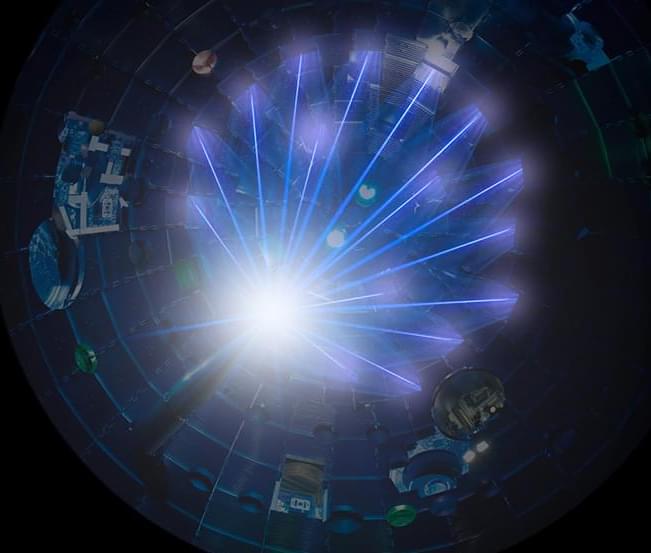
Someone else posted about this, but this is from LLNL. I love what they do, and Twitter reminded me of the many Photonics shares I have. This is cool, and Ill post more links.
November 7, 2022
A record high-laser-energy NIF target shot on Sept. 19 produced about 1.2 million joules of fusion energy yield. Compared with the groundbreaking 1.35-megajoule (MJ) experiment of Aug. 8, 2021, this experiment used higher laser energy and a modified experimental design.
The NIF and Photon Science Directorate at Lawrence Livermore National Laboratory conducts cutting-edge research in the fields of laser inertial confinement fusion, high energy density physics, and advanced photonics for the advancement of national security, energy security, discovery science, and national competitiveness.
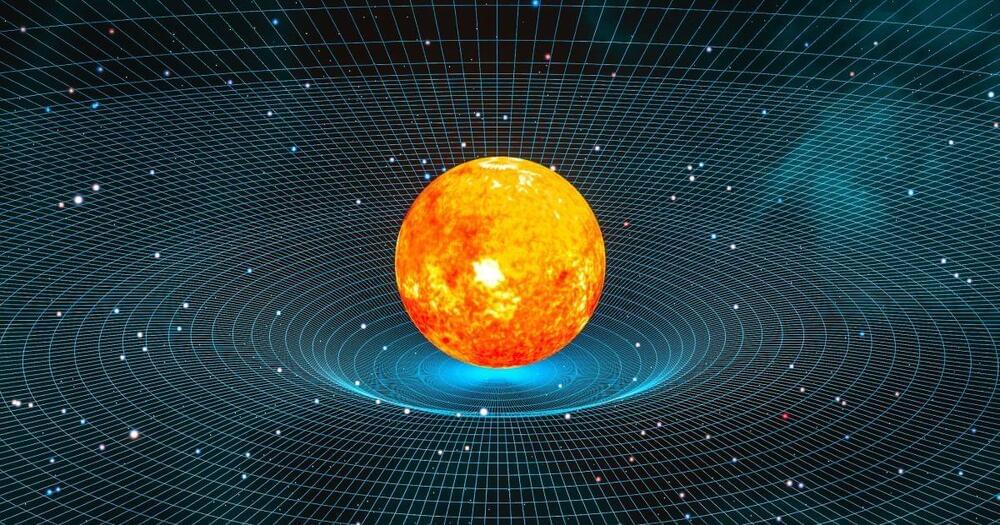
The merging of two neutron stars emits both light and gravitational waves at the same time, so if gravity and light have the same speed, they should be detected on Earth at the same time. Given the distance of the galaxy that housed these two neutron stars, we know that the two types of waves had traveled for about 130 million years and arrived within two seconds of one another.
So, that’s the answer. Gravity and light travel at the same speed, determined by a precise measurement. It validates Einstein once again, and it hints at something profound about the nature of space. Scientists hope one day to fully understand why these two very different phenomena have identical speeds.